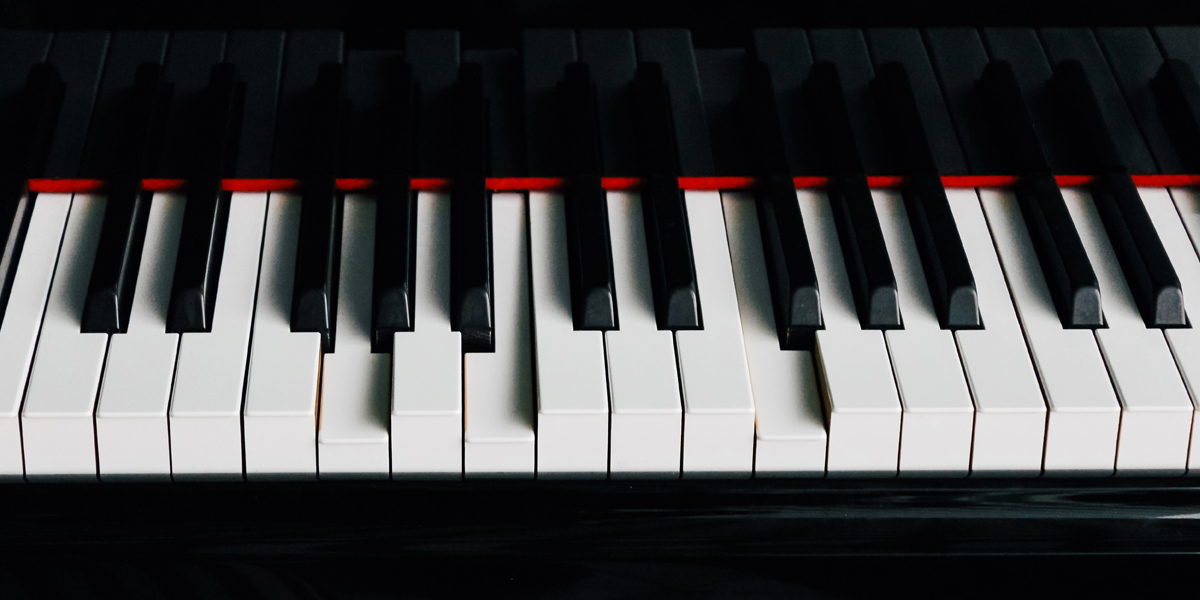A piano is a versatile acoustic keyboard instrument where felted hammers strike tuned strings inside a resonant wooden case. Players shape pitch color and loudness through a responsive action, pedals, and precise technique. From classical recital halls to jazz clubs and modern studios, the piano anchors melody, harmony, and rhythm while encouraging expressive control and wide dynamic range. For learners and professionals, design details such as scale, action geometry, and soundboard spruce matter deeply when choosing an instrument. This guide to the Top 10 Piano Brands in the World explains hallmarks of build quality, tone, reliability, and value so readers can decide with clarity.
Steinway & Sons
Steinway & Sons sets a benchmark for concert performance through meticulous handcrafting, balanced actions, and a signature singing sustain. Founded in New York in 1853, the company refined scale designs and the rim construction that many makers later adopted. Models like the D and B dominate major halls, while the smaller O and S serve studios and homes. Artists praise projection, color changes at soft and loud levels, and long term stability when properly maintained. Prices are premium, but used markets, rebuilt options, and certified preowned programs widen access for serious students and working pianists.
Yamaha
Yamaha offers consistent quality across a wide range, from beginner uprights to elite handcrafted grands. Japanese manufacturing emphasizes precision tolerances, stable actions, and wood seasoning processes that support reliable tuning in varied climates. The U series uprights and C and CX series grands are common in schools, studios, and homes. For top tier performance, the CF series delivers concert level projection and control. Many models integrate silent practice systems and hybrid sensors for recording or headphones. Yamaha is favored for durability, clear tone, and excellent service networks, making ownership straightforward for learners and professionals. Owners appreciate approachable pricing and broad upgrade paths.
Kawai
Kawai innovates with composite action components and careful soundboard selection to deliver responsive feel and warm clarity. The Millennium III action uses carbon fiber reinforced parts that resist humidity changes and reduce weight, supporting repeated notes and refined control. The K series uprights are respected in education, while the GL and GX grands suit private studios and small venues. The flagship Shigeru Kawai line offers hand voiced hammers and concert depth. Kawai hybrid and digital acoustic models extend quiet practice and connectivity. Players often choose Kawai for stable touch, balanced tone, and long term reliability across settings.
Bösendorfer
Bösendorfer, founded in Vienna in 1828, is admired for rich, dark resonance and singing treble clarity. Grand pianos feature a Viennese rim concept and, on select models, additional bass notes that extend the compass for depth. The 290 Imperial and the 214 VC are hall favorites for lyrical repertoire and chamber music. Artisans voice instruments to prioritize color and sustain rather than sheer brightness. The company builds in limited quantities with extensive handcraft, so instruments feel unique. Pricing and availability reflect boutique production, yet meticulous service and longevity make Bösendorfer a coveted choice for artists and collectors.
Fazioli
Fazioli operates a focused Italian workshop that builds only grands, aiming for maximum refinement and responsiveness. Founded in 1981, the company combines modern research with traditional voicing to produce brilliant clarity and precise articulation. The F308 concert grand includes a fourth pedal that reduces hammer string contact for softer playing, expanding expressive options. Smaller models maintain even action and long singing lines. Materials like red spruce soundboards and careful scaling contribute to linear power without harshness. Availability is limited, but performance venues increasingly feature Fazioli alongside older names. Many pianists prize the brand for transparency and nuanced dynamic control.
C. Bechstein
C. Bechstein, a historic German maker, is known for refined actions and a clear, noble sound ideal for Romantic and early modern repertoire. The Concert and Academy lines serve professionals and advanced learners, while concert grands offer a wide color palette and strong projection without brittleness. Bechstein manages wood selection, bridge design, and hammer making in house to preserve consistency across sizes. Recent models emphasize ergonomic touch, tunable sustain, and orchestral balance for ensemble work. Though pricing sits in the upper tier, the instruments hold value well and are supported by an experienced dealer and service network.
Blüthner
Blüthner has crafted pianos in Leipzig since 1853, emphasizing a golden singing tone and lyrical sustain. The patented aliquot stringing on many models adds a sympathetic fourth string that enhances treble resonance without being struck. Actions feel smooth and forgiving, supporting legato and color shading. The Model 1 and Model 2 grands suit salons and halls, while uprights are prized for musicality in compact spaces. Build methods prioritize traditional handwork combined with modern precision for stability. Although production volumes are modest, worldwide dealers provide expert preparation and support, making Blüthner a distinctive choice for expressive repertoire and recording.
Mason & Hamlin
Mason & Hamlin is an American builder noted for robust construction, powerful bass, and a responsive action that suits demanding repertoire. The company uses a tension resonator system to maintain structural integrity over time, helping preserve crown and sustain. Models like the BB and CC are respected by technicians for longevity and rebuild potential. Voicing can range from bright to rounded depending on preparation, so buyers should audition well prepared examples. Current production blends handcrafting with careful quality control. Availability is more limited outside North America, yet the brand offers compelling value for those seeking concert strength and durability.
Schimmel
Schimmel designs blend German engineering with accessible pricing, offering a broad lineup for students and professionals. The Konzert series delivers refined concert power, while the Classic and Wilhelm ranges address different budgets without sacrificing musicality. Many models feature triplex scaling to enrich sustain and projection. Actions are designed for clarity and quick repetition, supporting technique development in schools and conservatories. Aesthetic options and space saving uprights expand choices for homes and studios. Schimmel is praised for quality control, consistent touch across sizes, and transparent tone that records cleanly, making it a practical selection for versatile musicians.
Petrof
Petrof, based in Hradec Králové, focuses on warm lyrical tone often called the romantic European sound. The company remains family led and emphasizes careful wood aging, hand voicing, and traditional rim construction. The Ant. Petrof and higher series grands provide depth and rounded projection for solo and chamber music. Uprights maintain a singing character with controlled brightness. Petrof instruments tend to feel welcoming under the hands, aiding long practice sessions and expressive phrasing. Pricing is competitive for European production, and dealer networks provide dependable service. For players seeking warmth, comfort, and craftsmanship, Petrof is a rewarding long term companion.

